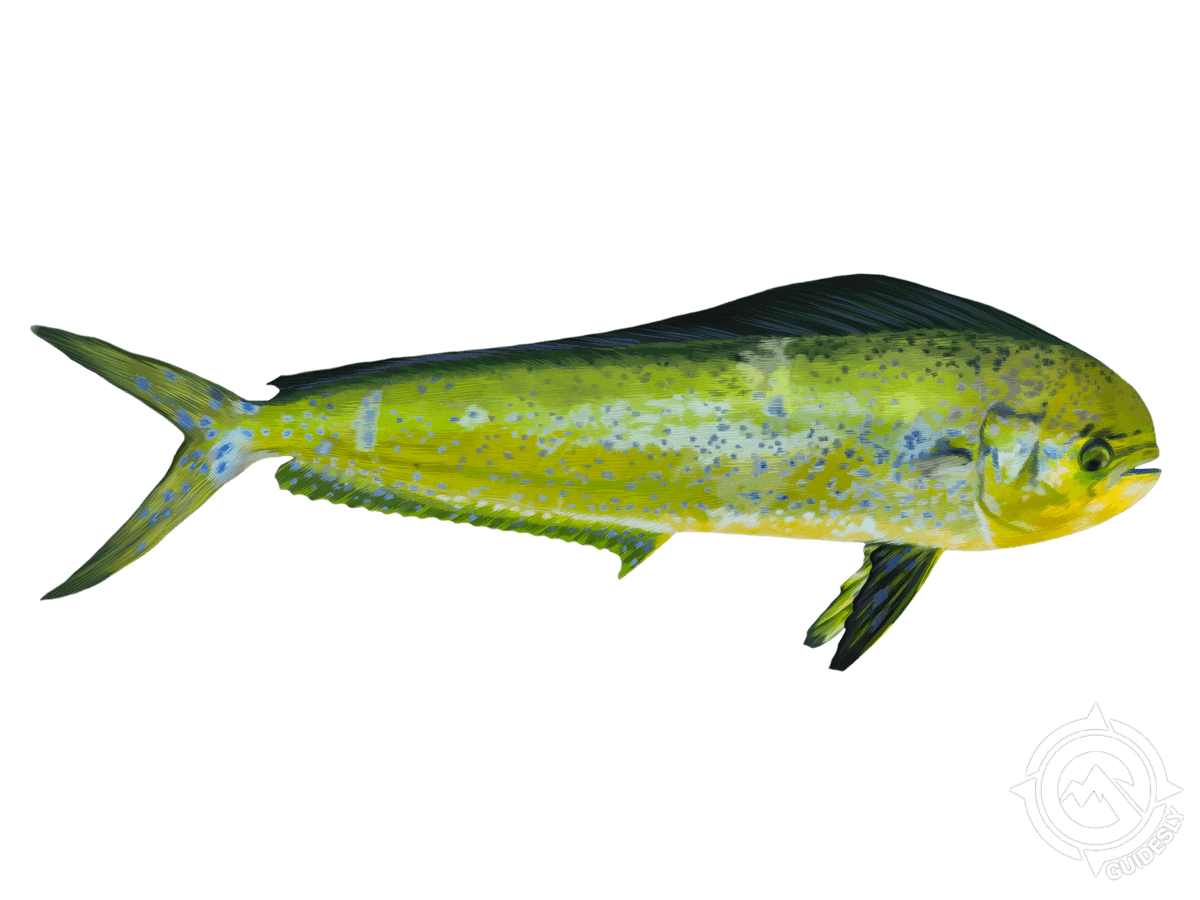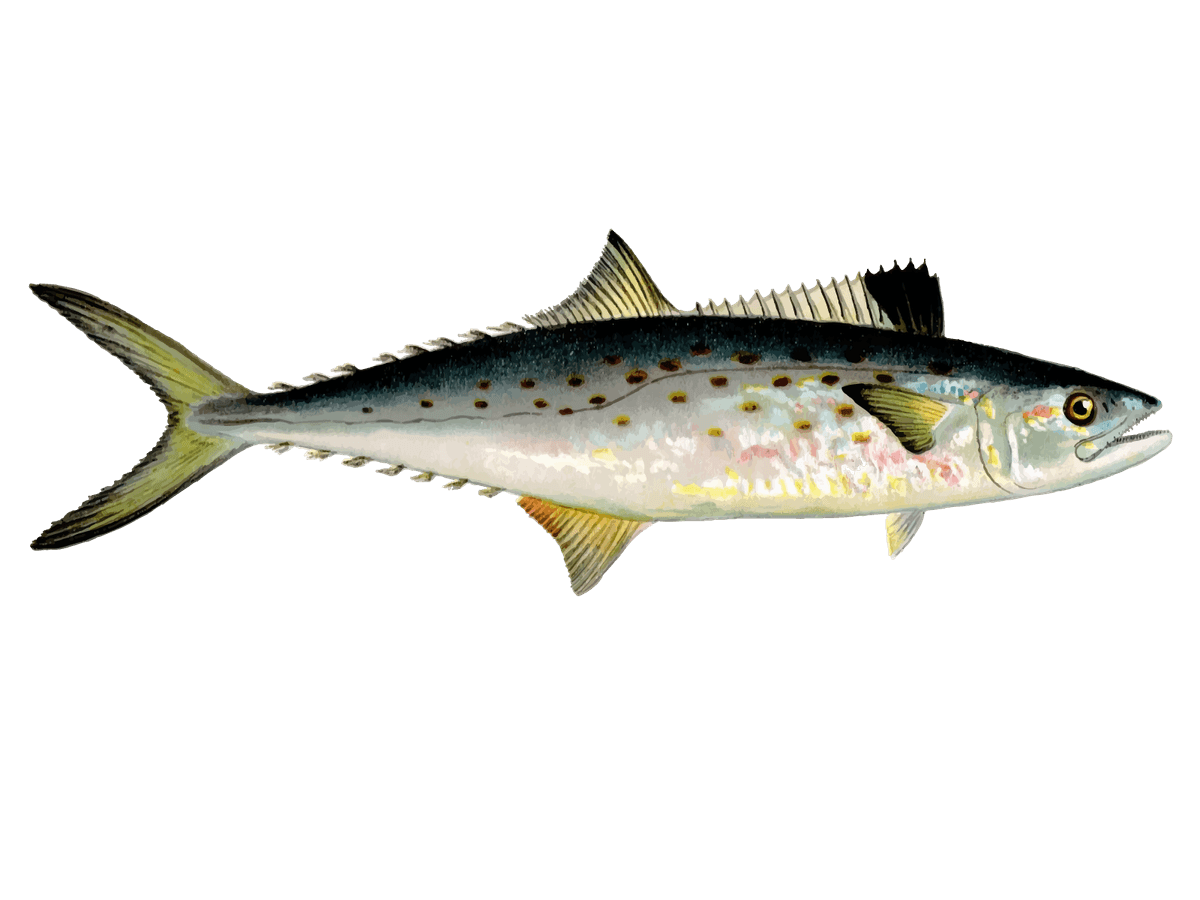Gulf Coast PM Offshore Fishing | Just Add Water
- Published Date: July 18, 2025
- Fishing
- Destin
- $320 - $960 price range
- Updated Date: August 21, 2025
Summary
Ready for an afternoon fishing adventure on the Gulf Coast? Join Just Add Water Charters for a 4-hour offshore trip that's perfect for those who prefer a later start. You'll head out on a comfortable boat with an experienced captain, targeting prime fishing spots offshore. Expect to reel in a variety of Gulf favorites like Red Snapper, Triggerfish, Grouper, and maybe even some speedy Mahi-Mahi. If you're in the mood for inshore action, we can switch gears and fish around docks and grass flats for speckled trout and redfish. With room for two anglers, this trip offers a more personal experience on the water. Whether you're after a cooler full of fish or just want to enjoy the golden hour on the Gulf, this afternoon charter delivers a solid mix of fishing and coastal scenery.
%2F%2Fusers%2Feb3d4f5d-4ff8-4579-b6bc-64ee754e5aeb%2Fratecard%2Frsw_1160h_d870.jpg&w=1200&q=75)
Gulf Coast Catches


Sunset Strikes: Gulf Coast PM Fishing Adventure
Ready to swap the early alarm for an afternoon of offshore action? Our 4-hour PM charter is perfect for anglers who prefer their fishing with a side of golden hour glow. We'll cruise out from the bustling Gulf Coast, leaving the shoreline behind as we hunt down the hottest bites lurking around reefs and wrecks. Whether you're dreaming of battling a bull red or going toe-to-fin with a acrobatic mahi-mahi, we've got you covered. So grab your shades, slap on some sunscreen, and let's hit the water for some serious rod-bending action!
What to Expect on the Water
As soon as you step aboard our well-equipped vessel, you'll feel the excitement building. Our seasoned captain knows these waters like the back of their hand, and they're itching to put you on the fish. We'll motor out to prime fishing grounds, keeping an eye out for bird activity, bait balls, and those telltale surface ripples that scream "fish below!" Depending on the conditions and what's biting, we might set up over a productive reef, work the edges of a shipwreck, or even run-and-gun for pelagics. You'll have the chance to try different techniques - from bottom fishing with heavy tackle to sight-casting to surface-busting predators. And don't worry if you're new to saltwater fishing - our crew is always happy to show you the ropes and help you land that trophy catch.
Top Catches This Season
The Gulf Coast is teeming with gamefish, and our afternoon trips give you a shot at some real bruisers. We've been crushing it lately with red snapper, gag grouper, and some surprisingly hefty triggerfish lurking around the reefs. When the conditions are right, we might venture a bit further out to tangle with hard-fighting amberjack (locals call 'em "reef donkeys" for a reason!) or chase down schools of mahi-mahi that light up the water with their electric blue and green hues. Closer to shore, redfish and speckled trout have been providing steady action around grass flats and bridge pilings. No matter what ends up on the end of your line, you're in for some drag-screaming fun!
Why Anglers Keep Coming Back
"10/5 Stars. Captain Wayne went out of his way to ensure our trip was both memorable and enjoyable for both the adults and kids. Wouldn't go with anyone else if we came back to go again. Thanks for the wonderful time!" - Brian
Species You'll Want to Hook
Spanish Mackerel: These speedsters are the perfect warm-up act for any Gulf Coast fishing trip. Sleek and silver with yellow spots, Spanish macks cruise in schools near the surface, often giving themselves away with exciting topwater blitzes. They're lightning-fast and will test your reflexes with blistering runs. While they average 2-4 pounds, bigger specimens can push 8 pounds or more. Spanish mackerel are a blast on light tackle and make for some fantastic eating if you're looking to bring home dinner.
Gag Grouper: When it comes to bruiser bottom-dwellers, gag grouper are the kings of the reef. These powerful fish love to hang around rocky structure and wrecks, often in depths of 60 to 250 feet. They're ambush predators, so once they grab your bait, be ready for a serious tug-of-war as they try to dive back into their hidey-holes. Gags can grow up to 50 pounds or more, though fish in the 10-30 pound range are more common. Landing a big gag is a true test of an angler's strength and skill - it's all about getting them up and away from the structure before they can break you off.
King Mackerel: Also known as "kingfish," these toothy predators are the larger, meaner cousins of the Spanish mackerel. Kings are notorious for their blistering runs and aerial acrobatics when hooked. They typically cruise in open water, often following bait schools, and can be found from just off the beach to many miles offshore. While 10-20 pounders are common, trophy kings pushing 50 pounds or more are not unheard of in Gulf waters. Trolling with live bait or large diving plugs is a popular method for targeting these speedsters, and the strike when a big king slams your bait is guaranteed to get your heart racing!
Mahi Mahi: Also called dorado or dolphinfish (though they're not related to dolphins), mahi mahi are some of the most beautiful and exciting fish you can catch in the Gulf. Their iridescent blue, green, and gold colors are truly a sight to behold. Mahi are known for their acrobatic fights, often spending as much time in the air as in the water once hooked. They're typically found in open water, often congregating around floating debris or weedlines. While schoolie mahi in the 5-15 pound range are most common, big bulls can top 30 pounds or more. Mahi mahi are also prized for their delicious, mild white flesh - perfect for the grill or as sashimi.
Greater Amberjack: Affectionately (or sometimes not so affectionately) known as "reef donkeys," greater amberjack are the heavyweight champions of the deep reef. These bruisers typically hang around wrecks, oil rigs, and other deep-water structure in 60 to 240 feet of water. When you hook into a big AJ, be prepared for a knock-down, drag-out fight - they're notorious for their stamina and powerful runs straight back to the bottom. While 20-40 pounders are common, trophy fish can push 100 pounds or more. Jigging or dropping live bait are popular methods for targeting these brutes, and landing a big amberjack is a true badge of honor for any offshore angler.
Time to Book Your Spot
There you have it, folks - an afternoon of world-class fishing action waiting just beyond the horizon. Whether you're a seasoned saltwater pro or a first-timer looking to bend a rod, our PM charter offers the perfect mix of relaxation and heart-pounding excitement. With our expert crew, top-notch gear, and insider knowledge of the local hotspots, we'll put you right in the middle of the action. So why wait? The fish are biting, the sun is shining, and adventure is calling. Give us a shout to lock in your spot on one of the Gulf Coast's most popular fishing trips. Trust me, once you feel that first big hit, you'll be hooked for life!
Customer Review
Captain Wayne Wows

Brian Kelch
June 10, 2023
Learn more about the animals
Gag Grouper
Gag Grouper are one of our prized bottom-dwellers here in the Gulf. These hefty fish can grow over 50 pounds, though 20-30 pounders are more common. Look for them hanging around rocky bottoms, reefs, and wrecks in 60-250 feet of water. They're ambush predators, so they like structure they can hide in. Spring and fall are prime seasons as they move between deep and shallow waters. Anglers love targeting gags for their hard-fighting nature and excellent table fare. When hooked, they'll try to dive back into their rocky lairs, so you need stout tackle to turn their heads. Live bait like pinfish or squid works great, but big jigs can produce too. Here's a pro tip: when you feel that telltale thump, reel fast and pull hard to get them away from the structure before they can hunker down. It's a real battle of strength, but the reward is some of the best-tasting fish in the Gulf.

Greater Amberjack
Greater Amberjack, or "AJs", are the bruisers of the Gulf reefs. These powerful fish average 20-40 pounds but can top 100. You'll find them hanging around deep reefs, wrecks, and oil rigs in 60-300 feet of water. AJs are known for their brutal strength and stamina - they'll test your arms and your gear. Fall and spring are prime seasons as they move between deep and shallow waters. Anglers target AJs for the sheer challenge and their firm, white meat. To catch one, you need heavy tackle and strong arms. Live bait like blue runners works great, but big jigs can produce too. Here's a local secret: when you hook up, crank hard and fast to get them off the bottom. If they make it back to structure, you're in for a long fight. It's a true test of angler versus fish, and landing a big AJ is always a proud moment on the boat.

King Mackerel
King Mackerel, or "Kings" as we call 'em, are the speedsters of the Gulf. These sleek predators can grow over 5 feet long and 50 pounds, though 15-30 pounders are more common. You'll find them in open water from the surface down to about 150 feet, often near dropoffs or bait schools. Kings are notorious for their blistering runs and aerial acrobatics when hooked. Spring and fall are prime seasons as they migrate, but summer can be hot too. Anglers love targeting Kings for their high-speed fights and smoky, rich meat that's perfect for the grill. To catch 'em, we usually troll with live bait or big spoons. Here's a local trick: use a stinger rig with two treble hooks to improve your hookup ratio on short strikes. When a King hits, hold on tight - that first run can smoke a reel if you're not ready! It's an adrenaline rush from hookup to landing.

Mahi Mahi or Common Dolphinfish
Mahi-Mahi, also called Dolphin or Dorado, are the acrobats of the open Gulf. These colorful fish typically run 15-30 pounds out here, though bigger bulls over 50 pounds aren't uncommon. You'll spot them near floating debris, weed lines, or under birds - they love structure in the open blue. Mahi are famous for their wild aerial displays and neon colors that shift like a light show when they're excited. They're most active in warmer months when the water heats up. Anglers can't get enough of Mahi for their hard fights, beautiful looks, and top-notch eating quality. To catch 'em, we'll troll with ballyhoo or cast light tackle around floating debris. Here's a tip: when you hook one, keep it in the water to keep the school around. Mahi are curious and will often stay near the boat, letting you catch multiples. It's visual fishing at its finest, and the dinners afterward are hard to beat.

Spanish Mackerel
Spanish Mackerel are a blast to catch out here in the Gulf. These speedy swimmers typically run 1-2 feet long and love to school up near the surface. You'll find them chasing bait around reefs, wrecks, and underwater structures, especially in warmer months. They're known for their explosive strikes and acrobatic jumps when hooked. The meat has a rich, oily flavor that's great for smoking or grilling. To target Spanish Mackerel, I like to use light tackle with small spoons or jigs. Cast into feeding frenzies or troll slowly along structure edges. A fast retrieve often triggers their predatory instincts. Just watch out for those razor-sharp teeth when unhooking! The fight might be quick, but it's action-packed. Best of all, there's usually plenty to go around when you find a school.

About the Just Add Water
%2F%2Fusers%2Feb3d4f5d-4ff8-4579-b6bc-64ee754e5aeb%2Fvehicle_picture%2Frsw_1160h_683.jpg&w=1200&q=75)
Vehicle Guest Capacity: 4
Manufacturer Name: Yamaha
Maximum Cruising Speed: 40
Number of Engines: 2
Horsepower per Engine: 150
Ready for some laid-back afternoon fishing? Hop aboard our comfy boat for a 4-hour trip along the beautiful Gulf Coast. No need to wake up at the crack of dawn - we'll set out when the sun's high and the fish are biting. Our experienced captain knows all the best spots, whether you're after Red Snapper, Grouper, Mackerel, or colorful Mahi-Mahi lurking around reefs and wrecks offshore. If you prefer, we can stick closer to shore and try your luck with speckled trout, redfish, and mangrove snapper near docks and grass flats. As the day winds down, you'll get to enjoy those golden sunset hues while reeling in your catch. It's the perfect way to spend an afternoon on the water, combining relaxation with the excitement of hooking some prized Gulf species. Grab a friend and come make some fishing memories!
%2Ffit-in%2F250x250%2Fguide_websites%2F31484%2Fimages%2F1748046851138chatgpt_image_may_24__2025__08_27_20_am-removebg-preview.png&w=1200&q=100)
%2Fusers%2Feb3d4f5d-4ff8-4579-b6bc-64ee754e5aeb%2Fimages%2Fsuccessful-fishing-trip-niceville-2431.png&w=768&q=75)
%2Fusers%2Feb3d4f5d-4ff8-4579-b6bc-64ee754e5aeb%2Fimages%2Ffishing-catch-niceville-2483.png&w=768&q=75)
%2Fusers%2Feb3d4f5d-4ff8-4579-b6bc-64ee754e5aeb%2Fimages%2Fsuccessful-fishing-adventure-fl-2476.png&w=768&q=75)
%2Fusers%2Feb3d4f5d-4ff8-4579-b6bc-64ee754e5aeb%2Fimages%2F4-bluefish-niceville-fishing-2598.png&w=768&q=75)
%2Fusers%2Feb3d4f5d-4ff8-4579-b6bc-64ee754e5aeb%2Fimages%2Fsuccessful-fishing-niceville-2728.jpg&w=768&q=75)
%2Fusers%2Feb3d4f5d-4ff8-4579-b6bc-64ee754e5aeb%2Fimages%2Ffantastic-fishing-florida-2353.jpg&w=768&q=75)
%2Fusers%2Feb3d4f5d-4ff8-4579-b6bc-64ee754e5aeb%2Fimages%2Ffishing-adventure-in-florida-2706.jpg&w=768&q=75)
%2Fusers%2Feb3d4f5d-4ff8-4579-b6bc-64ee754e5aeb%2Fimages%2Fgreater-amberjack-haul-niceville-2680.jpg&w=768&q=75)
%2Fusers%2Feb3d4f5d-4ff8-4579-b6bc-64ee754e5aeb%2Fimages%2Ffishing-in-niceville-2371.png&w=768&q=75)
%2Fusers%2Feb3d4f5d-4ff8-4579-b6bc-64ee754e5aeb%2Fimages%2Fsuccessful-florida-fishing-2468.png&w=768&q=75)

10/5 Stars. Captain Wayne went out of his way to ensure our trip was both memorable and enjoyable for both the adults and kids. Wouldn’t go with anyone else if we came back to go again. Thanks for the wonderful time!